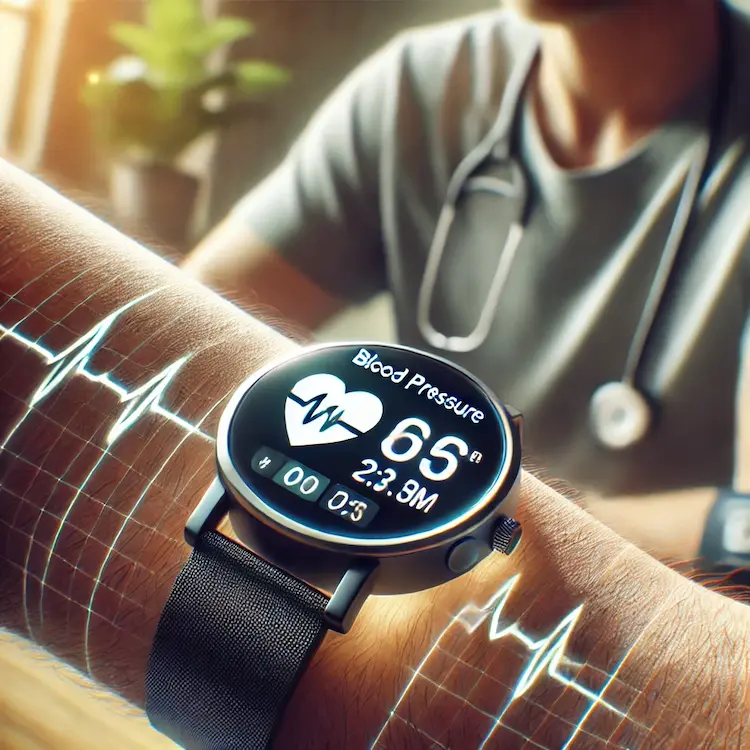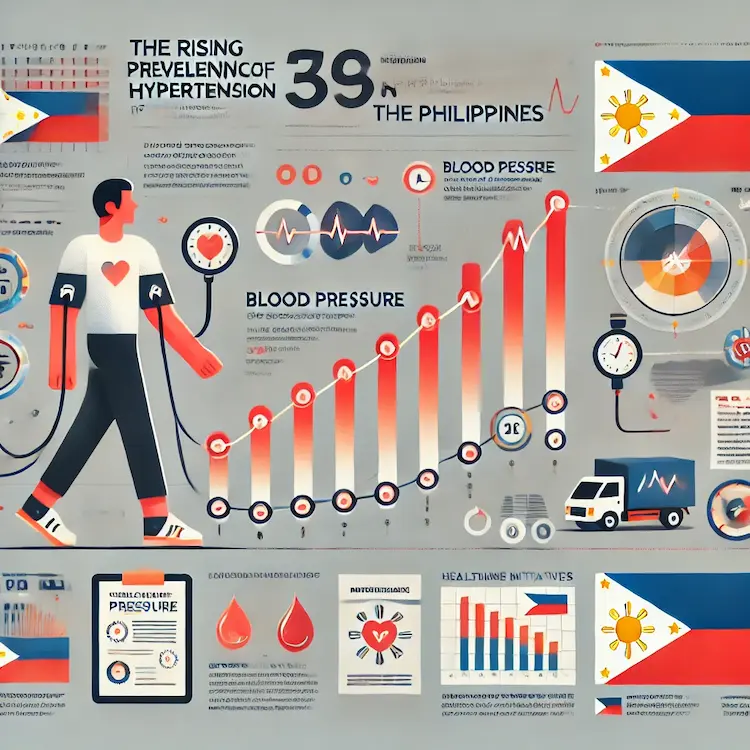Hypertension, or high blood pressure, is a growing health concern worldwide. In the Philippines, the prevalence of hypertension has increased significantly, from 22% in 1993 to 37% in 2021. This alarming trend underscores the need for effective blood pressure monitoring and management strategies with Innovative sphygmomanometers.
Recent advancements in sphygmomanometer technologies are revolutionizing hypertension care by providing more accurate, convenient, and accessible solutions for both healthcare professionals and patients. These innovations are particularly important in the Philippines, where improving healthcare accessibility is a priority.
Traditionally, blood pressure measurement relied on manual sphygmomanometers, such as mercury and aneroid devices. These require trained healthcare professionals to use a stethoscope to listen to Korotkoff sounds (arterial blood flow sounds). While they provide high accuracy, they are limited by the need for proper training, potential human error, and difficulty in self-monitoring.
Digital Innovative sphygmomanometers have become the standard choice for blood pressure monitoring due to their ease of use, accuracy, and automation. These devices automatically inflate and detect blood pressure using the oscillometric method, where sensors measure blood flow vibrations.
Despite their benefits, digital monitors require regular calibration to maintain accuracy, and their readings may be affected by improper cuff placement or excessive movement.
RecentInnovative sphygmomanometers have introduced cuffless and wearable blood pressure monitors, which integrate smart sensors, artificial intelligence (AI), and photoplethysmography (PPG) to measure blood pressure continuously without the need for an inflatable cuff.

Continuous Monitoring – Tracks blood pressure trends throughout the day.
Convenience – No need for traditional cuffs; integrates with daily routines.
Data Synchronization – Syncs with smartphones and health apps for easy tracking.
A 2023 study found that cuffless devices may improve early hypertension detection by providing frequent and real-time readings, leading to better long-term management.
Hypertension is a leading cause of stroke, heart disease, and kidney failure in the Philippines. However, many Filipinos lack access to proper blood pressure monitoring due to financial constraints and limited healthcare facilities.
Innovative sphygmomanometers technologies offer significant benefits:
With government initiatives promoting digital health solutions, modern BP monitoring devices could play a crucial role in reducing hypertension-related health issues across the country.
| Method | Advantages | Limitations |
|---|---|---|
| Manual Sphygmomanometers | High accuracy; no power needed. | Requires training; difficult for self-monitoring. |
| Digital BP Monitors | Easy to use; suitable for home monitoring. | Requires calibration; may be affected by body movement. |
| Wearable BP Monitors | Continuous tracking; integrates with digital health apps. | Newer technology; may have slight accuracy variations. |

The rise of Innovative sphygmomanometer technologies is transforming hypertension care by making blood pressure monitoring more accessible, accurate, and convenient. In the Philippines, these advancements offer a practical solution to combat the growing prevalence of hypertension, particularly in underserved communities.
By embracing digital and wearable blood pressure monitoring devices, Filipinos can take proactive steps toward better heart health and overall well-being.
Hypertension affects 37% of Filipinos, highlighting the need for better BP monitoring.
Digital and wearable BP monitors offer improved accuracy and ease of use.
Self-monitoring with advanced devices can enhance hypertension control.
Government and health organizations should promote digital BP monitoring solutions.